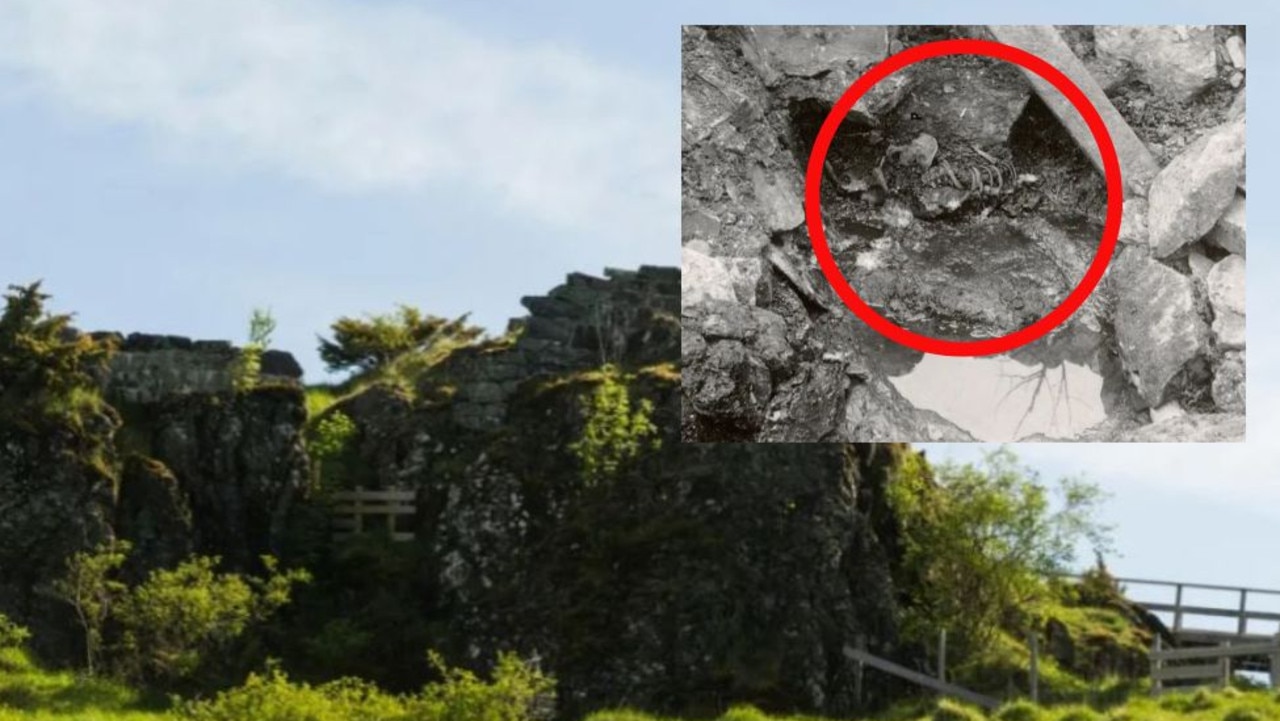Albert ‘Big Neck’ Nichols: Titanic’s forgotten Australian hero
He was one of few Australians on board the Titanic when it struck an iceberg and began to sink — and he played a vital role in the story.
At 11:40pm on April 14, 1912, the Titanic hit an iceberg on its maiden voyage and less than three hours later went to the bottom of the North Atlantic, with more than 1500 people dying in the disaster.
In the century since, there have been hundreds of books and dozens of movies about that night to remember, and, thanks to James Cameron’s 1997 blockbuster, we all know the fictional tragedy of Rose, Jack and that damned door.
But the true story of Titanic’s Australian bosun Albert “Big Neck” Nichols has never been told, even though he played a key role in saving lives.
Instead, this brave man has been reduced to a mere footnote in official accounts, which is likely how the White Star Line wanted it when whitewashing the event during official British and American investigations.
RELATED: Titanic: Untold story behind famous ship’s discovery
RELATED: Clive Palmer’s $700m Titanic II to replicate voyage
RELATED: ‘His blood ran cold’: Call that sealed fate of Titanic victims
Albert William Stanley Nichols spent his life surrounded by the sea. He was born in July 1864 on Lord Howe Island, Australia’s remote island paradise, some 780 kilometres northwest of Sydney.
Albert was the eldest son of Thomas Nichols, a whaling captain who hailed from Hobart, and Mary Nichols, the only daughter of two of the island’s pioneers, Thomas and Margaret Andrews.
Life on Lord Howe Island was hard, with the population numbering just a few dozen people. They worked the land to grow food and raise livestock to feed themselves and to trade for goods with visiting whaling ships that came from all over the world.
Although part of New South Wales, Lord Howe Island was basically self-governing, with Albert’s parents having much say in how the community was run. But their power was threatened from 1878 when a retired naval officer named Richard Armstrong was appointed by the NSW colonial government to take control of the settlement.
Thomas, Mary and other disgruntled islanders undermined this outsider with false allegations of misconduct and, in 1882, he was investigated at a government inquiry and removed from office.
While many Lord Howe Islanders had lined up against Armstrong, one person had been outspoken in his defence — 17-year-old Albert Nichols. Shockingly, the boy also accused his own parents of being drunkards who had plotted against a decent and fair man whose only crime was trying to do his best for Lord Howe islanders.
Even though the Nichols’ had been victorious over Armstrong, mother Mary wasn’t about to forgive and forget her son’s betrayal. Shortly after the inquiry, she flew into a rage and hit Albert with a shovel and then said she was going to get her gun to kill him.
Fearing for his life, Albert, with the help of his brother George, escaped the island on a passing steamer. He went to Sydney, where he enrolled in night school and learned the maritime trade by working on the ferries.
Mary came after her son, who was not yet of age, and tried to have him legally compelled to return home. But she failed because Albert could show he was getting an education and was gainfully employed.
Sometime in the late 1880s or early 1890s Albert worked his way to England as a seaman and got work with the White Star Line. In 1893 he married a 23-year-old Scottish woman named Jane Porter and the couple went on to have three children.
By 1907, the family lived in Southampton, where the White Star Line’s new main terminal had been built. Albert, who was known by the affectionate nickname “Big Neck” on account of his stout built, had been promoted to bosun, the petty officer in charge of deck operations, from ropes and cranes to maintenance and lifeboats.
In April 1909, Albert wrote to his uncle William and aunt Hanna describing life on the Adriatic, then the jewel in the White Star Line’s crown: “This ship is such a monster that it takes me all my time to keep her in order. Just think — a ship 725 feet (220 metres) long and carrying 25,000 tons it takes me very near the watch to go all around her. I do not know what you people would think if you were to see a ship like this out in Australia.”
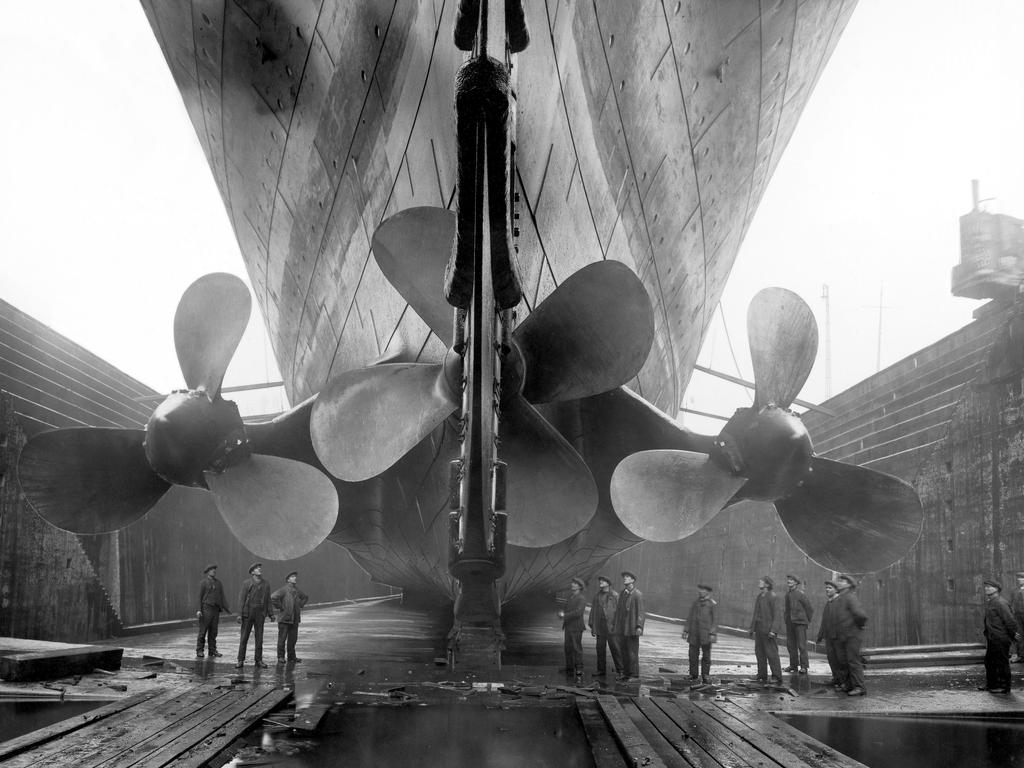
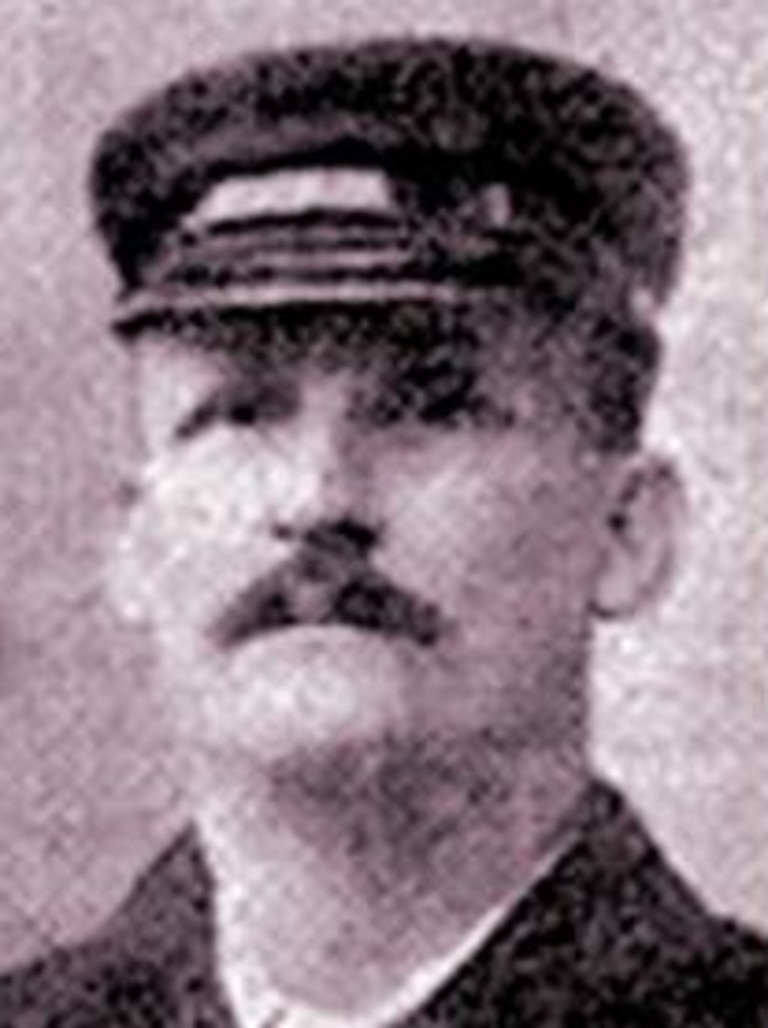

Albert was even more excited by two even bigger liners his company was building.
“We have got two new ones,” his letter continued.
“The largest in the world, they are to carry 40,000 tons and be 800 feet (244 metres) long and their names are Titanic and Olympic. I suppose that I shall be transferred to one of them when they are ready so I can say that I am the bosun of the largest ship in the world.”
He underestimated his value to the company. When Olympic launched in 1911, he was the ship’s bosun. Within a year, he transferred to Titanic in the same role, and was aboard on the April 2, 1912, when the greatest ship the world had ever seen sailed for the first time under its own power during successful sea trials off the coast of Belfast.
Later that day, Albert and his 30 or so able-bodied seamen under his command ran deck operations as Titanic made its way to Southampton. As he lived locally, Albert could spend Easter with his wife and children.
Albert spent the night aboard Titanic on April 9 and at eight the following morning the crew muster began. The bosun’s men were examined by the ship’s doctors to ensure their seaworthiness and he was also involved in the successful test of lifeboats overseen by a captain from the Board of Trade. Once passengers and provisions were all loaded, Titanic was ready for her maiden voyage to New York City.
Titanic crossed the English Channel to lay off the French port of Cherbourg, where some passengers departed and many more boarded. From there, the ship sailed north to the Irish port of Queenstown, taking on more people, many of them third-class passengers bound for new lives in America.
There were now approximately 2224 people on board and the open Atlantic beckoned. For the next three days, passengers enjoyed perfect conditions — clear skies, light winds and calm seas — and life aboard this luxury ship was restful and relaxing.
Albert and his men had a very different experience of Titanic. The bosun’s shifts were busy, and even at rest he was on call around the clock. His men worked four-hour shifts, with four hours of rest, though that rest was taken in bunks in quarters where there was a lot of noise.
Each day Albert and other department heads attended a morning conference with Captain E.J. Smith, which was followed by their commanding officer’s thorough inspection tour. Then, on the bridge, orders were issued for the next 24 hours.
On the morning of Sunday, April 14, Captain Smith conducted a religious service for first class passengers, while other services were held elsewhere on the ship. It was standard on White Star liners to hold a boat drill after religious services, but Captain Smith decided not to worry about it, for reasons that were never explained. Had it gone ahead, passengers and crew might have known which was their assigned lifeboat — and how to get to it through the behemoth’s maze of corridors.
That Sunday, Titanic received a stream of radio warnings from other ships about a vast ice field. For safety’s sake, the ship changed course, heading farther south, though later warnings of big and potentially damaging icebergs were ignored or never reached Captain Smith. Titanic sped on at 21 knots.
Then, at 11.40pm on April 14, a lookout rang the alarm bell three times and then spoke into the voice tube connected to the bridge to say there was an iceberg straight ahead. Desperate measures were taken to avoid a head-on collision with this floating mountain.
For an agonising half-minute, Titanic closed in on the iceberg. The ship at first seemed to have just missed it. What it had missed was the visible peak, which represents only about 10 per cent of an iceberg. But Titanic’s hull had bumped across a huge submerged spar that was as solid as stone.
Albert Nichols was awake when the Titanic hit the iceberg. About half of his men were asleep — they were due on the midnight watch — though some now stirred as they heard his voice in the corridor outside.
“Close watertight bulkheads,” he yelled, running fore and aft, his command echoed by men under his command. On the deck, at quarter to midnight, he told his men: “All hands stand by. You may be wanted at any moment.”
Around midnight, Titanic’s designer Thomas Andrews (no relation to Albert’s grandfather) conducted an emergency inspection of the ship’s watertight compartments. He saw that five had been buckled and punctured and were now taking water.
The ship could stay afloat with three compartments flooded. But with five filling up, the only place Titanic was going was the bottom of the Atlantic. Thomas Andrews did some rapid calculations and gave the ship about two hours before it sank.

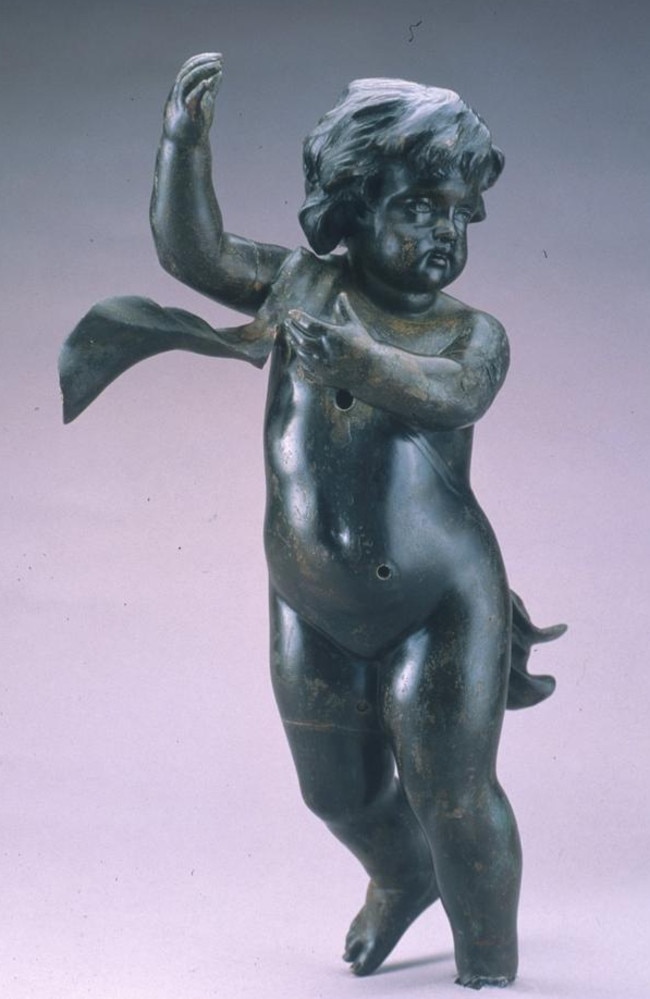
Albert Nichols was among the first to know Titanic’s first voyage would be its last. He came into his men’s quarters blowing his bosun’s whistle.
“Turn out, you fellows, you haven’t half an hour to live,” he told them.
“That is from Mr Andrews. Keep it to yourselves and let no-one know.”
Why Albert exaggerated the time the ship had left isn’t known: likely he wanted to ensure they acted with utmost urgency. As for the insistence the men keep it to themselves: this was to prevent a panic.
“All hands on deck,” Albert said.
“Turn out the boats and take the covers off and place the covers amidships.”
Readying the lifeboats was time-consuming. Their covers had to be stripped, crews had to make ready the oars and masts, find and insert the drainage hole plug and attach cranks to the davits that were like little cranes to lower the boats.
This would take a handful of seamen about 20 minutes. Once a lifeboat was ready, it had to be swung out to be loaded with passengers and crew members. Then teams of eight to 10 of Albert’s men would lower the lifeboat, careful to pay out the ropes at both ends at the same time so it didn’t tip passengers into the water 75-feet (23 metres) below.
The lifeboat evacuation was overseen by Chief Officer Henry Wilde, First Officer William Murdoch, Second Officer Charles Lightoller and Third Officer Herbert Pitman. They divided the able seamen into two groups, with Wilde and Murdoch supervising lifeboats on the starboard side, where Albert had charge of several boats, while Lightoller and Pitman worked the port side.
What Albert and other experienced mariners had to know was this: there was only lifeboat capacity for 1178 people, about half the number of souls on board. Originally, Titanic had designed to have 64 lifeboats, but that had been reduced to 20, including four collapsibles, to provide passengers with larger promenades.
Even so, this was actually more than was legally required, and, if a rescuing ship was alongside, it would likely have been sufficient because lifeboats could ferry passengers and crew to safety before returning to collect more people.
But there wasn’t a rescue ship in sight.
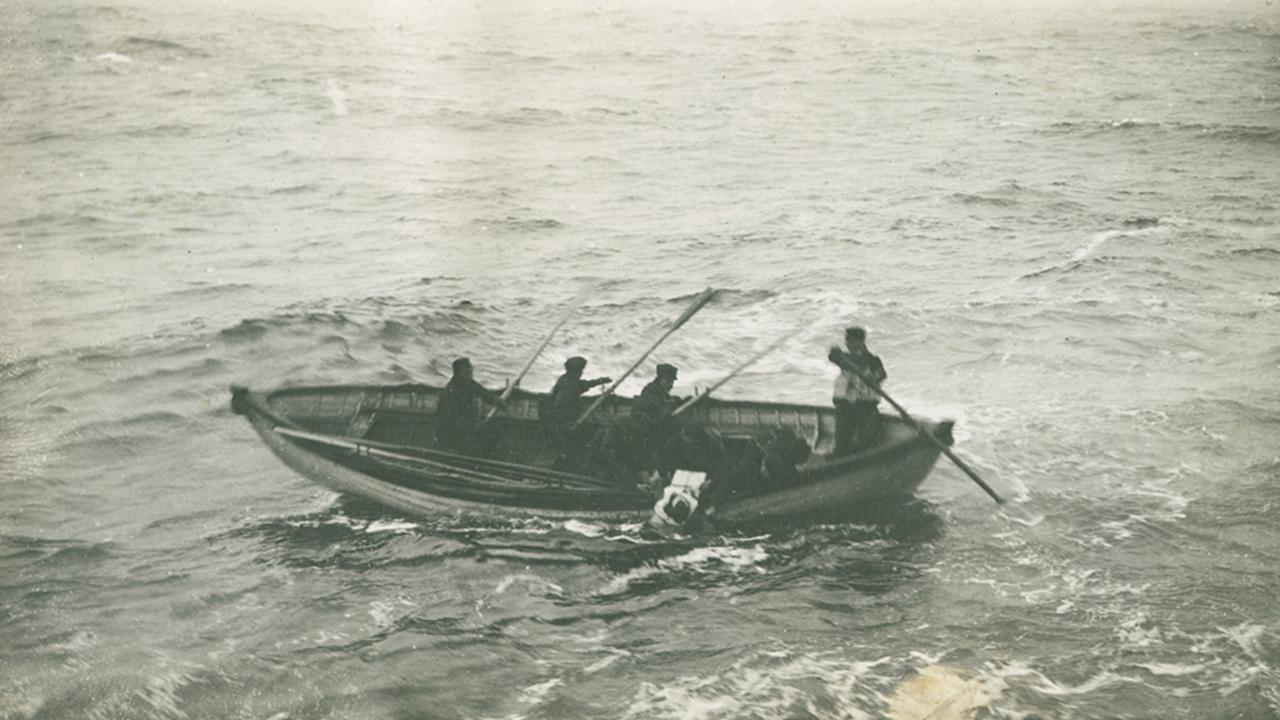

Albert Nichols and every other Titanic crew member now had one mission: save as many people as possible.
Women and children would abandon ship first. Yet, on the starboard side, Murdoch allowed men to board lifeboats if there were no more women and children immediately available. However, port side, Lighttoller refused to allow any men into lifeboats.
By 12.30am first-class passengers were haphazardly loading into lifeboats, unsure of the actual threat, concerned for their valuables and about the vertiginous descent into icy and inky waters in lifeboats made seem even smaller by the size of the ship they were deserting.
The first lifeboat — #7 — descended at 12:45am, on the starboard side, carrying just 28 people, with 40 or more spaces unfilled. One of those was Albert’s — he’d been assigned to crew this boat. But he was elsewhere starboard, getting boats #3 and #5 ready.
About 10 minutes later, at 12.55am, the first distress rocket hissed into the sky. These rockets, fired every five or six minutes, were to attract the attention of a ship whose lights could be seen about six to ten miles from Titanic on the port side.
Over an agonising hour, those lights would recede and vanish even as more rockets were fired and contact was attempted by Morse lamp. In the Marconi radio room, a Titanic operator had managed to contact the Carpathia. This ship was racing to the rescue — and was still four hours away.
Starboard, Albert and his men got three more lifeboats away. At about 1am, he crossed to port. There he reported to Lightoller, who ordered Albert to gather about six men and go below to open gangway doors — the doors used by passengers to enter the ship — on E deck. The thinking was that half-filled lifeboats could return to collect passengers escaping from this doorway.
Faithful bosun Albert Nichols mustered some of his men and went below to do his duty on the sinking ship. There, navigating the maze of corridors, this brave group may have reached the E deck gangway door, opened it to see the waterline was too close and shut it again before going up to D deck where they may have succeeded in opening a gangway door.
Whether they closed it again, left it open or closed it but left it unlocked isn’t known. Soon after Albert and his team were either surprised by a sudden inundation or were trapped by rising waters.
Either way, they drowned. Albert’s body was never recovered and the identities of the men who perished with him were never established.
Except, there’s a strong chance that’s not what happened at all.
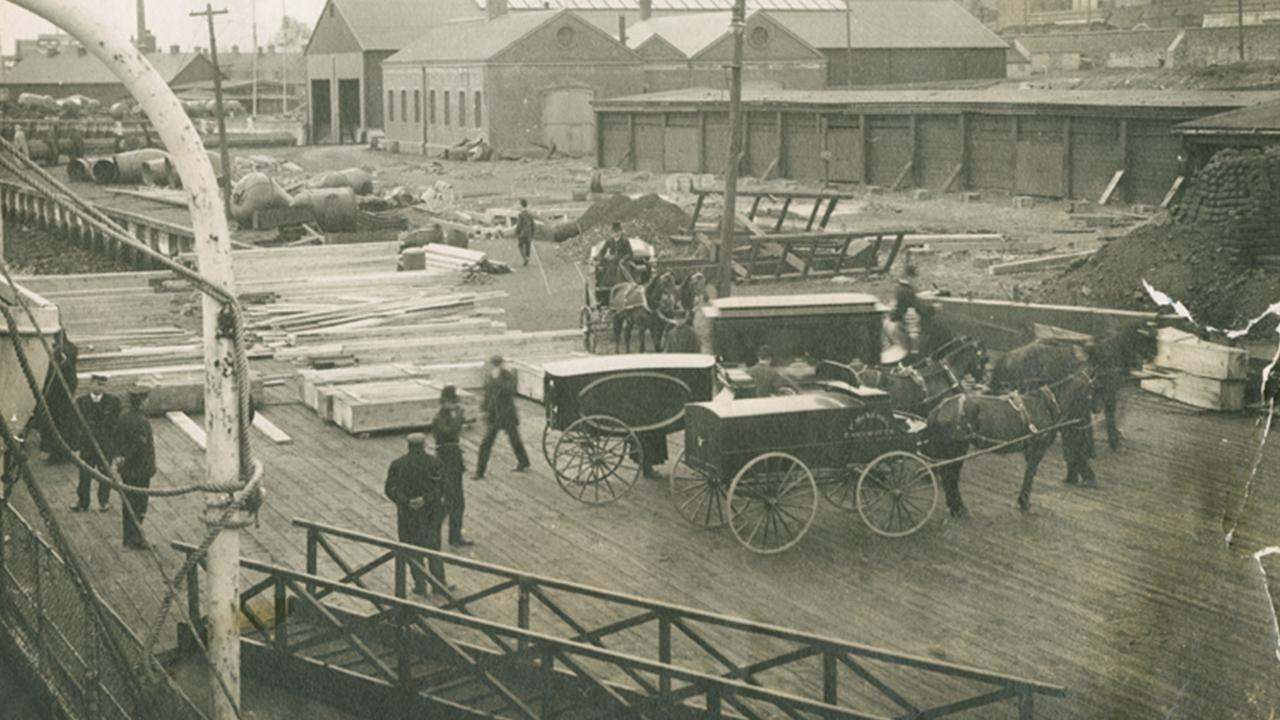
Most of what was presumed known about this sequence of events came from the testimony of Second Officer Charles Lightoller at the British and American inquiries, which were both held soon after the sinking.
Lightoller was Titanic’s senior surviving officer and thus became White Star’s expert witness for the company’s version of events. And he lied to protect the company and himself.
Lightoller came under intense scrutiny over accusations that the launching of lifeboats had been chaotic because there hadn’t been enough seamen to get even the limited number of these vessels away. He was also on the defensive because his port side lifeboats had taken a lot longer to get into the water than those on starboard.
A major contributing factor to the lack of able seamen, Lightoller said, was that early in the sinking he’d sent a large party of men below under the command of bosun Albert Nichols and he’d never seen them again.
Lightoller’s testimony was that he didn’t think Albert had succeeded in his mission because, if he had, people in lifeboats would have seen an open gangway door. What Lightoller was saying was that, had the mission been successful, his plan — carried out by Albert — would have saved many more people.
Yet, during the American inquiry, Lightoller was vague about what time he’d given Albert this crucial order and how many men had actually gone below. US Senator William Smith, who chaired the inquiry, was incredulous that able-bodied seamen — vitally needed to prepare and lower lifeboats — should have been sent away to open a door, a task that anyone could have performed.
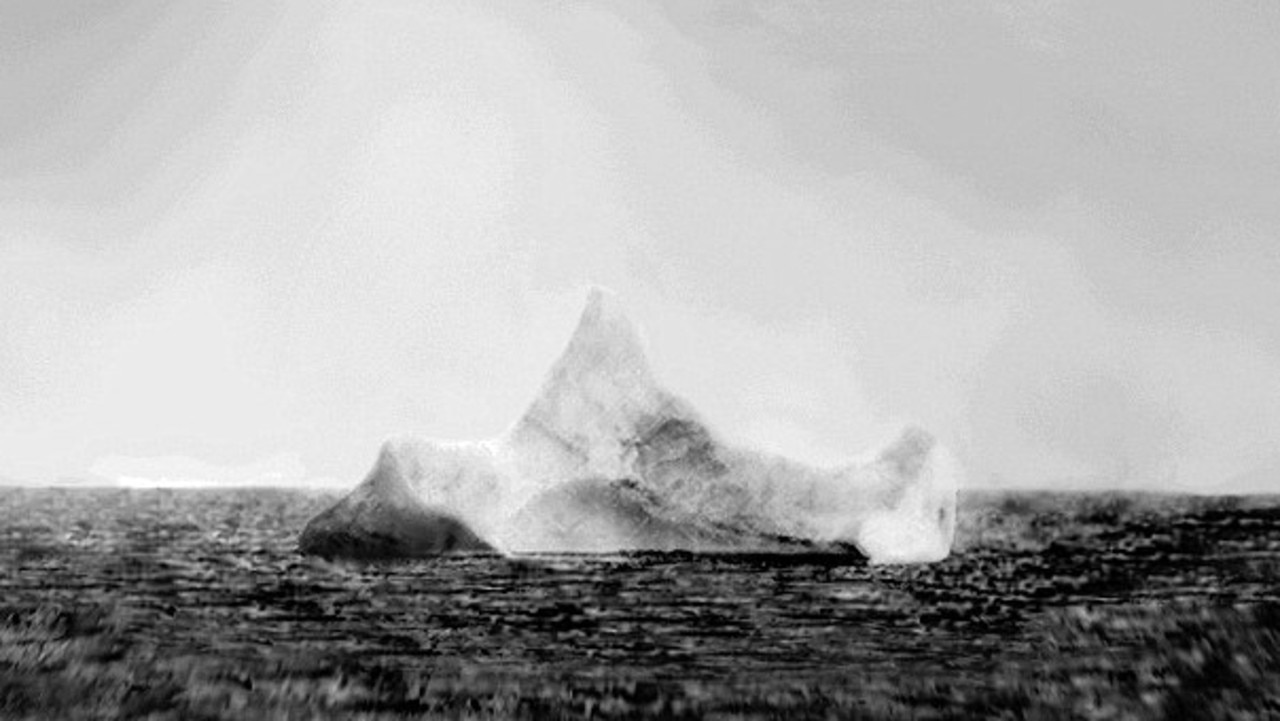
Other survivor testimony also cast doubt on Lightoller’s version of events. One crewman, who’d worked with Albert on other ships, said the bosun had ordered him into Lifeboat #13 at 1.40am — 40 minutes after he’d supposedly gone below and died.
Another crew member said that at 1.45am, Albert had sent him off in lifeboat #2 and given him a crash-course in simple celestial navigation. Speaking to the Evening World newspaper on 20th April 1912, seaman George McGough said that late in the sinking it wasn’t Lightoller but First Officer Murdoch who’d given Albert his final order.
“Mr Murdoch ordered Bos’n Nichols to go down to the working alleyway and bring up the big gangplank, capable of holding 40 people,” he told the reporter.
“The bos’n and ten men obeyed the order, going to what they believed was certain death. They were never seen again.”
The way he told the story, Albert and his men went for the gangplank late in the sinking, which they may have intended to use so passengers could walk out to lifeboats that were now pretty much level with the sinking ship.
It’s impossible to know exactly how or when Albert Nichols died. While two-thirds of Titanic’s deck crew lived, most of those men were already in lifeboats, far away from all the death and destruction in the great liner’s final moments.
Lightoller was there until the last and he miraculously survived and so his testimony became the definitive version of the official story. Who was going to argue against it? Captain E.J. Smith, Chief Officer Wilde, First Officer Murdoch — they’d all gone down with the ship.
Bosun Albert Nichols was also dead, so what did it matter if the truth about his last moments was massaged a little to protect the reputation of the White Star Line? During the American inquiry, committee members and reporters reckoned that the superficially charming Lightoller was hiding something. Two decades later, writing his autobiography, Titanic And Other Ships, he freely — almost cheerfully — admitted that he lied.
“It was very necessary to keep one’s hand on the whitewash brush,” he said of the British inquiry.
“Sharp questions that needed careful answers if one was to avoid a pitfall … leading to a pinning down of blame onto someone’s luckless shoulders.”
He was towing the line.
“I had no desire that blame should be attributed to the Board of Trade or the White Star Line, though in all conscience it was a difficult task.”
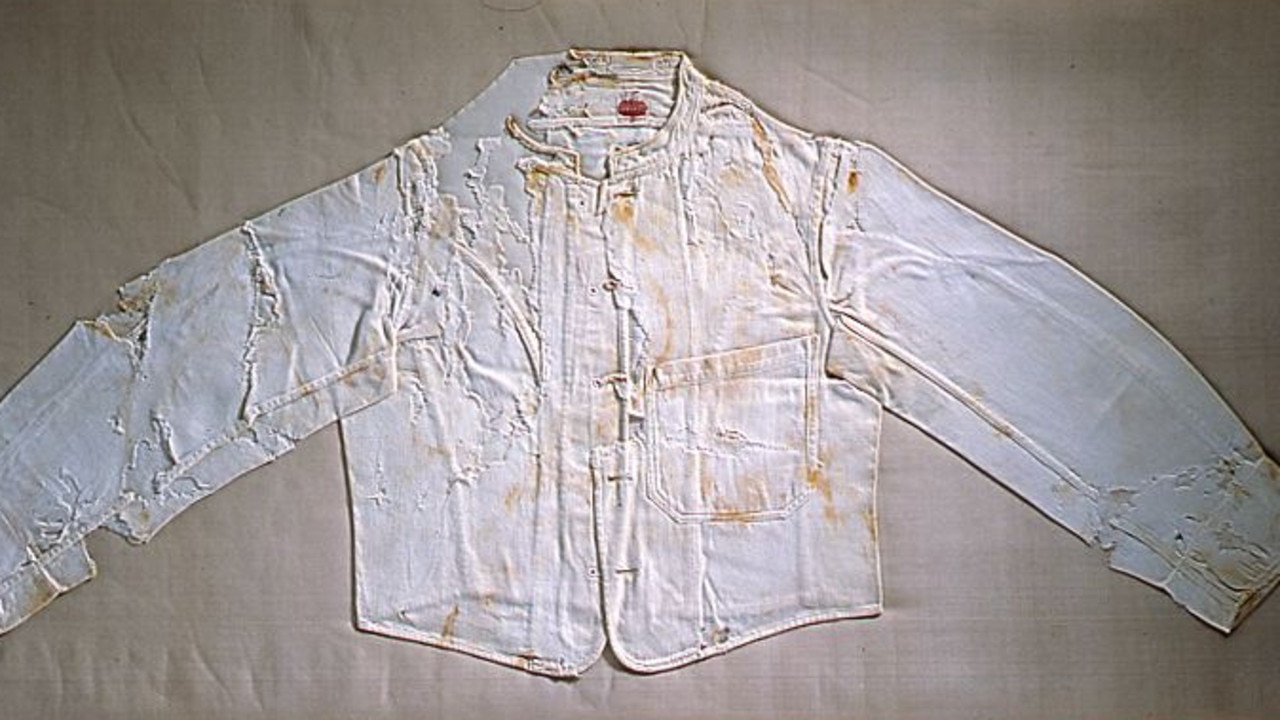
Regardless, Lightoller’s initial testimony became the official story, with Albert and his men disappearing from the official narrative around 1am.
In his 2012 documentary Titanic: The Final Word, James Cameron followed this line, explaining how Lightoller had ordered Albert Nichols to open the D-deck door, only for this to accelerate the sinking.
Yet this assertion ignored Albert’s decades of experience — what sort of bosun would leave open a door that would soon flood a liner? — along with all eyewitness accounts and other explanations for why this door was found open when the wreck was discovered in 1985.
Ultimately, as with many things Titanic, there are no definitive answers. But it is possible to say with certainty that Albert Nichols died doing his duty and trying to save lives.
And, as a man who’d worked more than half his life on the sea, who had been raised by a whaling captain and who’d lived on a tiny and remote island, he had likely known from the first that his fate was to go down with the ship.
Albert demonstrated this when he handed his prized bosun’s whistle to a crew member getting into a lifeboat and asked that it be given to his family in Southampton. It was — and it’s still in the family.
I know this because his family is my family. My name is Michael Adams but it hasn’t always been. I was adopted at two weeks old. My birth name? Damian Nichols. In mid-2018, using the research tools I developed for my book and podcast I found my biological family and discovered I’m a sixth-generation Lord Howe Islander.
Thomas and Margaret Andrews? My great-great-grandparents.
Their daughter Mary and her husband Captain Thomas Nichols? My great-grandparents.
George Nichols, who helped his older brother escape Lord Howe Island? My great grandfather.
Titanic’s bosun Albert William Stanley Nichols? My great-great uncle.
For the full story of Albert Nichols and his time on Titanic — and for other true tales you won’t hear anywhere else — head to Forgotten Australia.



